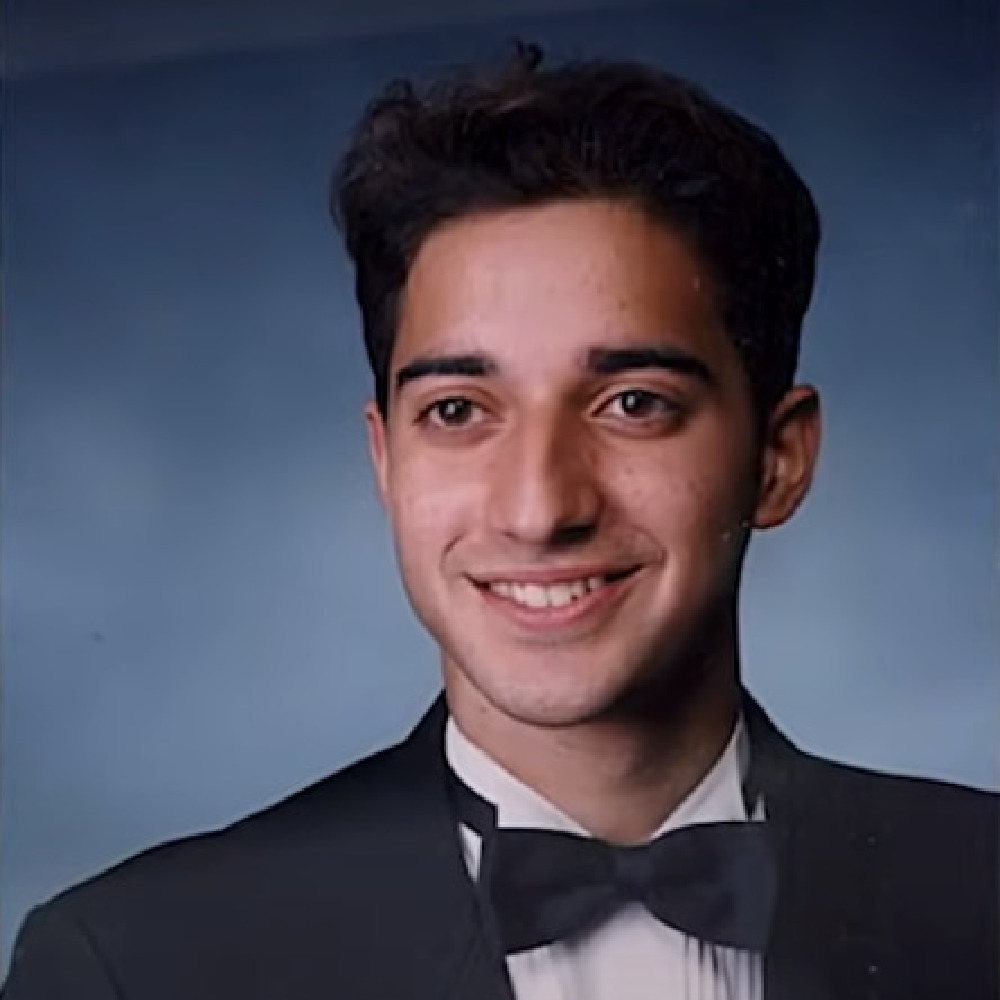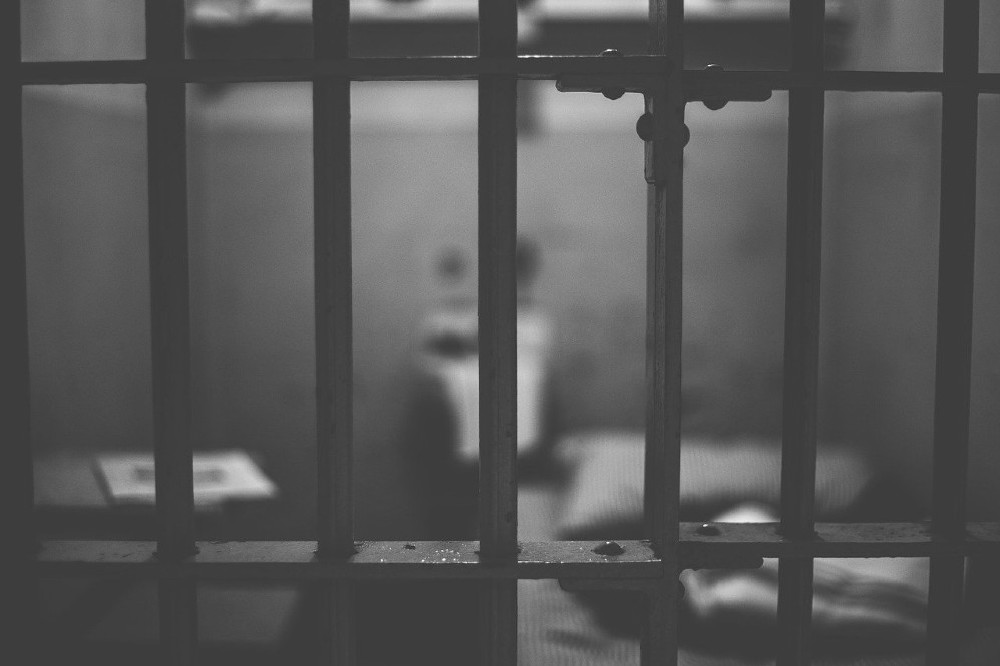The story of Adnan Syed is a sad one, in the sense that he killed for seemingly no reason at all, taking the life of a girl with aspirations and burying her in the dirt. The media attention surrounding Syed’s case is also an interesting reason to read up on his story.

Adnan Syed in high school / Picture Credit: HBO on YouTube
Who is Adnan Syed?
Adnan Syed was convicted for murdering his ex-girlfriend, Hae Min Lee, in 1999. At the time of her death, se and Syed were both seniors at Woodlawn high school, in Baltimore.
In February of 2000, Syed was convicted of first-degree murder and sentenced to life in prison, plus an additional 30 years.
During his imprisonment, Syed has always maintained his innocence.
In 2014 his case was reviewed by journalist and radio personality Sarah Koenig, on the podcast Serial.
The podcast placed doubt upon Syed’s guilty verdict and hurtled the case into the public spotlight.
Syed was granted a retrial in June 2016 by a Baltimore City Circuit Court Judge; in March the Maryland Court of Special Appeals (MCSA) upheld that choice.
Family life
Little information has been reported on Syed’s biography or family in detail.
Syed was born on May 21st, 1981, in Baltimore, Maryland. His parents were conservative Muslim parents; Shamim and Syed Rahman.
Syed is the middle child of three, the oldest is Tanveer, and the youngest is Yusuf.
At his high school, Syed was a popular straight-A student; he was homecoming king and also played on the varsity football team. He also worked part-time for a paramedic service.
Syed’s relationship with Hae Min Lee
Just like Syed, Lee was widely popular at her high school. She was a member of the lacrosse and field hocky teams, managed the boys’ wrestling team, and had aspirations to become an optician.
She and Syed kept their relationship clandestine from their conservative immigrant families. Eventually, though, the concealment frustrated Lee, which ended up driving a wedge between the young couple.
After they broke up, Lee began dating a man named Don, who worked with her at a local Lens Crafters.
Lee’s murder
In January 1999, Korean-American high school student Hae Min Lee, 18, was reported missing by her family when she failed to return home to them.
Four weeks later, the half-buried body of Lee was found at Leakin Park by a passer-by.
According to the autopsy reports, she died of manual strangulation.
Arrest, trial, conviction
After a police investigation, in which Syed’s friend Jay Wilds confessed he had helped his friend bury Lee’s body, Syed was arrested in February 1999. He was charged with kidnapping and murdering Lee.
Prosecutors couldn’t offer any physical evidence against Syed at the time, but they did have Wilds’ testimony against his friend, and the testimony of supporting witness, Jennifer Pusateri, who asserted that Wilds had told her Syed confessed to Lee’s murder and had shown him the body.

According to Wilds, Syed was irate about the fact that Lee had broken up with him, and he killed her out of revenge.
The other evidence that aided prosecution’s case was cell tower records; these records has confirmed some of Wilds’ timeline of how events had played out.
Despite Syed maintaining his innocence, he was convicted in February 2000 of first-degree murder and was sentenced to life in prison, plus 30 years.
Since Syed’s conviction, Wilds has changed his story several times, and an analysis of his police interviews suggest that he had been heavily coached by Baltimore police.
Appeals
Beginning in 2003, Syed appealed his case – but to no avail. He appealed again in 2010, this time on the grounds of ‘ineffective assistance of counsel’. Syed claimed that his attorney at the time, Cristina Gutierrez, did not look into a witness alibi.
This alibi was given by Asia McClain, who stated that she was with Syed at Woodlawn high school library at the time of Lee’s murder.
In addition to McClain, Syed’s appeal lawyer brought into consideration the unreliability of the cell tower records used as evidence from the original trial.
Adnan Syed in the media
Thanks to the global popularity of the podcast titled Serial, Syed’s case had captured public curiosity and generated a myriad of media projects.
His advocate, family friend and lawyer, Rabia Chaudry, launched her own podcast called Undisclosed: The State Vs. Adnan Syed. She also published a book, Adnan’s story: The Search for Truth and Justice after Serial (2016).
McClain also wrote her own book, Confessions of a Serial Alibi (2016); Investigations & Discovery premiered the documentary Adnan Syed: Innocent or Guilty? in 2016.
In March 2019, HBO also unveiled a four-part documentary entitled The Case Against Adnan Syed, based on the case’s evolution since its broadcast on the podcast, Serial.
Take a look at the trailer for HBO series, The Case Against Adnan Syed, below.
Written by Melissa, who you can follow on Twitter @melissajournal
RELATED: Sinister Saturday: Who was Susan Atkins? What happened to the Manson Family Member?
Many if not all cults have leaders, and the Manson Family was no exception. Those leaders often manipulate and control the lives of their followers. It seems that Charles Manson, head of the Manson Family, was yet another frontrunner who would force his supporters to commit horrific crimes, in order to bring about something he wanted...

